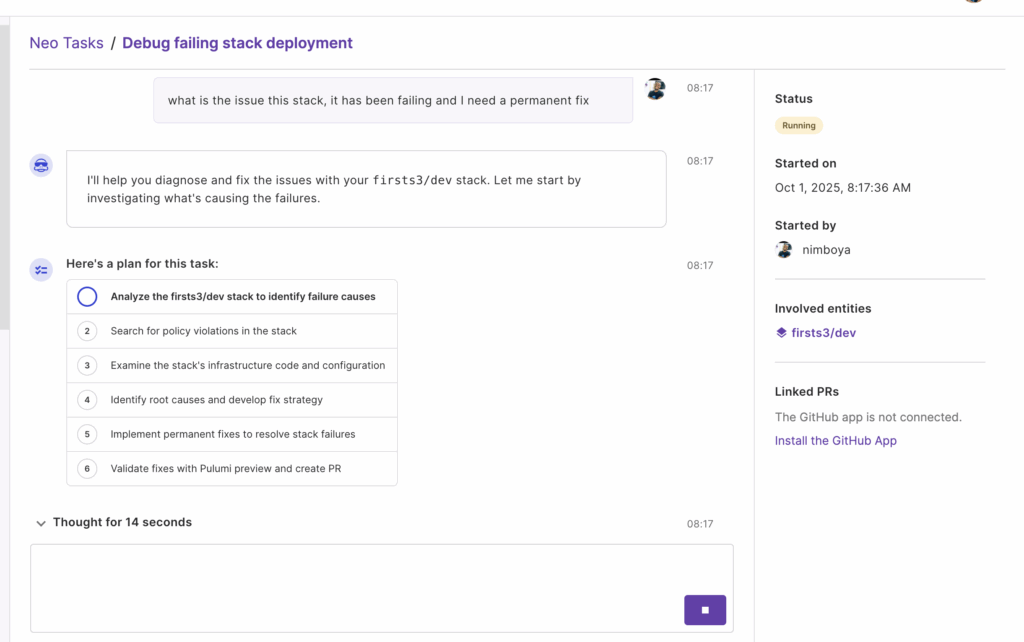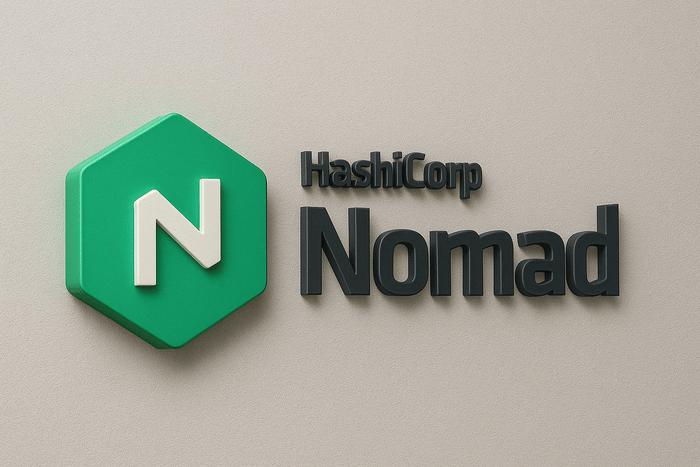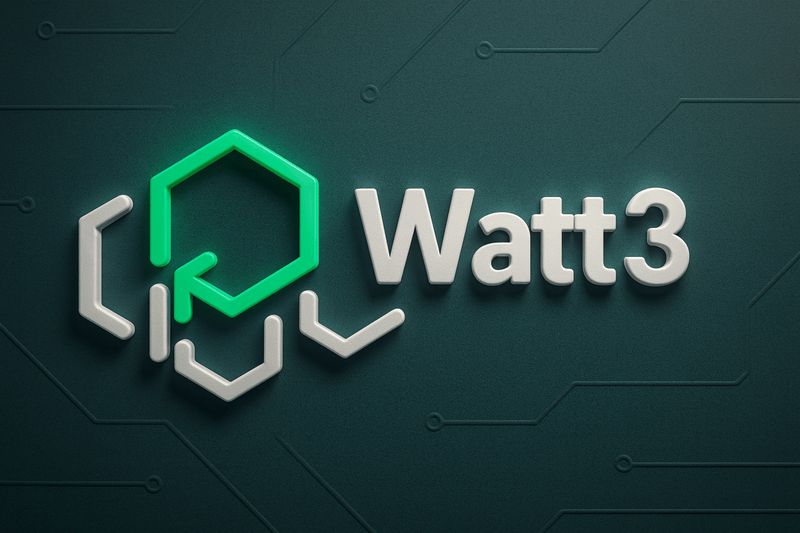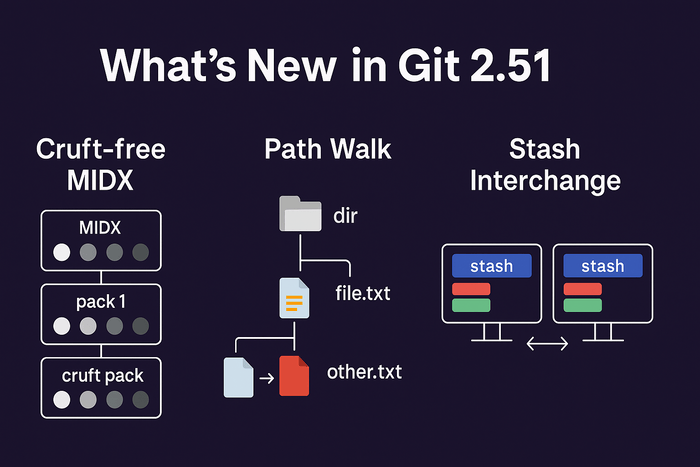Serverless is a cloud computing model where cloud providers manage the infrastructure and dynamically allocate resources to execute specific application code.
Unlike traditional models that require provisioning and maintaining servers, serverless abstracts away the underlying infrastructure, allowing developers to focus solely on writing code.
The term “serverless” is somewhat misleading because servers are still involved but are entirely managed by the cloud provider.
In the serverless model, applications are typically event-driven, meaning code execution is triggered by specific events such as HTTP requests, database updates, or message queue events.
Users are charged only for the compute time consumed during execution, often down to the millisecond, making it a cost-effective option for many workloads.
Popular serverless offerings include AWS Lambda, Azure Functions, Google Cloud Functions, and IBM Cloud Functions. These services support a variety of programming languages, frameworks, and integration capabilities to meet diverse application needs.
Key Benefits of Serverless
No Server Management:
- Developers are freed from provisioning, scaling, and maintaining servers, as the cloud provider handles these tasks automatically.
Scalability:
- Serverless applications automatically scale up or down based on demand, ensuring optimal resource usage and performance.
Cost Efficiency:
- Pay-per-use pricing ensures that users are billed only for the compute time consumed during execution, with no charges for idle time.
Rapid Development:
- Serverless simplifies application deployment, enabling faster time-to-market.
Focus on Business Logic:
- Developers can focus on writing application code and building features without worrying about infrastructure.
High Availability:
- Serverless platforms ensure fault tolerance and high availability by default, with minimal configuration required.
Serverless in Real-Life Scenarios
E-Commerce Applications:
- An online retailer uses serverless functions to handle order processing, payment gateways, and inventory management. These functions scale seamlessly during high-traffic events like Black Friday, reducing infrastructure costs.
IoT Data Processing:
- A smart home company leverages serverless functions to process data from IoT devices. Each device event triggers a function that stores sensor data in a database and performs real-time analytics.
Chatbots:
- A customer service chatbot uses serverless functions to process user queries, interact with external APIs, and provide real-time responses. The chatbot scales automatically as the number of users increases.
Media Processing:
- A video streaming platform uses serverless functions to transcode uploaded videos into multiple formats. Functions are triggered whenever a new file is uploaded to a cloud storage bucket.
Event-Driven Workflows:
- A logistics company employs serverless to handle package tracking. Each update from a delivery driver triggers a serverless function that updates the tracking system and notifies customers in real-time.
Components of a Serverless Application
Serverless Functions:
- The core of a serverless application, where application logic resides. Functions are stateless and execute in response to specific triggers or events.
Event Sources:
- Events that trigger serverless functions. Examples include HTTP requests (API Gateway), database changes, file uploads, or message queue events.
Cloud Storage:
- Stores static assets (e.g., HTML, CSS, images) or application data. Examples include AWS S3, Azure Blob Storage, or Google Cloud Storage.
API Gateway:
- Acts as the entry point for client requests, routing them to appropriate serverless functions. It provides authentication, rate limiting, and logging.
Managed Databases:
- Used for persistent storage. Common options include AWS DynamoDB, Google Firestore, or Azure Cosmos DB.
Authentication and Authorization:
- Ensures secure access to serverless functions using tools like AWS Cognito, Firebase Authentication, or third-party identity providers.
Monitoring and Logging:
- Tracks application performance and identifies issues using services like AWS CloudWatch, Azure Monitor, or Google Cloud Operations Suite.
Infrastructure as Code (IaC):
- Automates the provisioning and deployment of serverless applications using tools like AWS SAM, Serverless Framework, or Terraform.
Third-Party Integrations:
- Integrates with external services or APIs for additional functionality, such as sending emails (e.g., SES), payments (e.g., Stripe), or notifications (e.g., Twilio).
Setting Up a Serverless Application
Choose a Cloud Provider:
- Select a provider (AWS, Azure, GCP) based on requirements like supported languages, integration capabilities, and pricing.
Set Up Environment:
- Install necessary tools, such as AWS CLI, Azure CLI, or Google Cloud CLI. Configure your environment with access credentials.
Write Functions:
- Create serverless functions in your preferred programming language (e.g., Python, JavaScript). Focus on specific tasks, ensuring they are stateless and event-driven.
Define Triggers:
- Configure triggers for your functions, such as API Gateway endpoints, database events, or file uploads.
Deploy Functions:
- Use IaC tools (e.g., Serverless Framework, AWS SAM) to package and deploy functions to the cloud.
Configure Monitoring and Alerts:
- Enable logging and monitoring services to track performance and troubleshoot issues.
Test and Iterate:
- Test your application under different scenarios and refine it for performance, scalability, and reliability.
Examples of Serverless Technologies
- AWS Lambda
- Amazon EventBridge
- Amazon S3
- AWS Cognito
- Amazon DynamoDB
- Azure Functions
- Azure CosmosDB
- Azure Blob Storage
- Google Cloud Run
- Google Cloud Run Functions
- Google Pub/Sub
- Googe Apigee
Conclusion
By abstracting infrastructure management and focusing on application logic, serverless computing enables developers to build scalable, cost-effective applications quickly. It’s a transformative approach for modern application development across industries.






